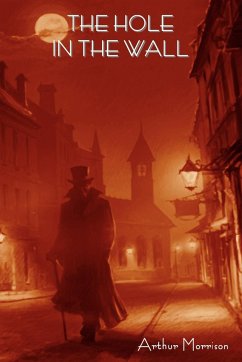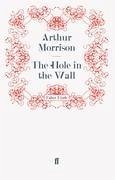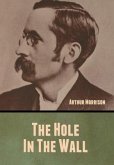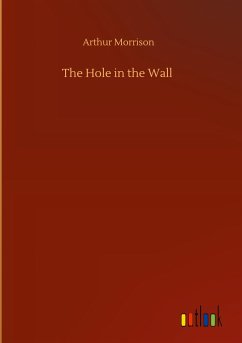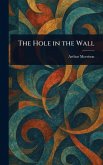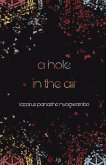Reviewed by John Yeoman: Total genius. A depth of characterisation and atmosphere worthy of Dickens. Morrison depicts the picaresque life of the East End of London at the turn of the 20th century with humanity and humour. While it is a mystery story, following loosely in the genre of Morrison's earlier Martin Hewitt detective stories, its power lies in its exquisitely restrained writing. Why is Morrison not taught at universities, alongside Conrad?
Bitte wählen Sie Ihr Anliegen aus.
Rechnungen
Retourenschein anfordern
Bestellstatus
Storno

